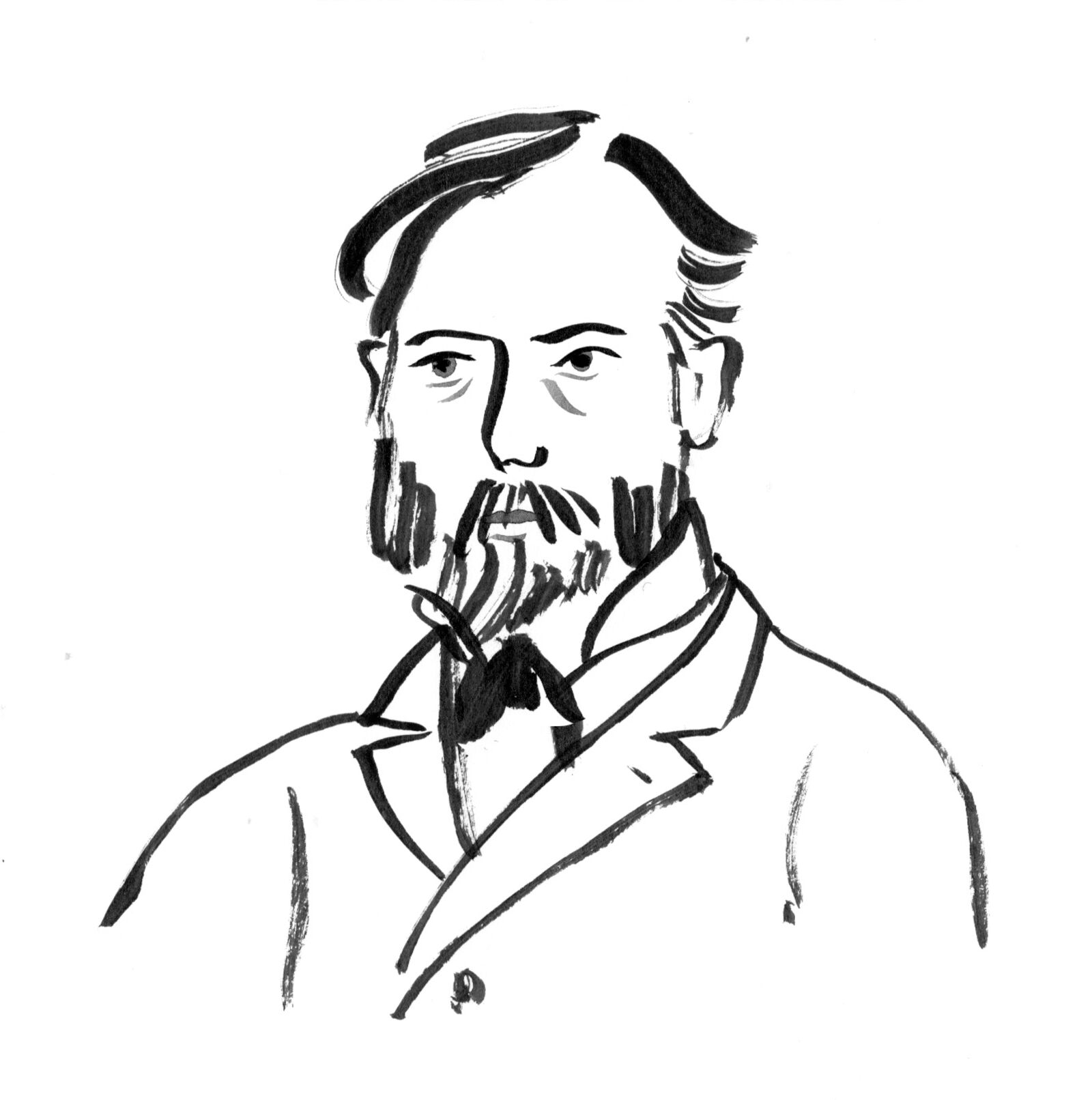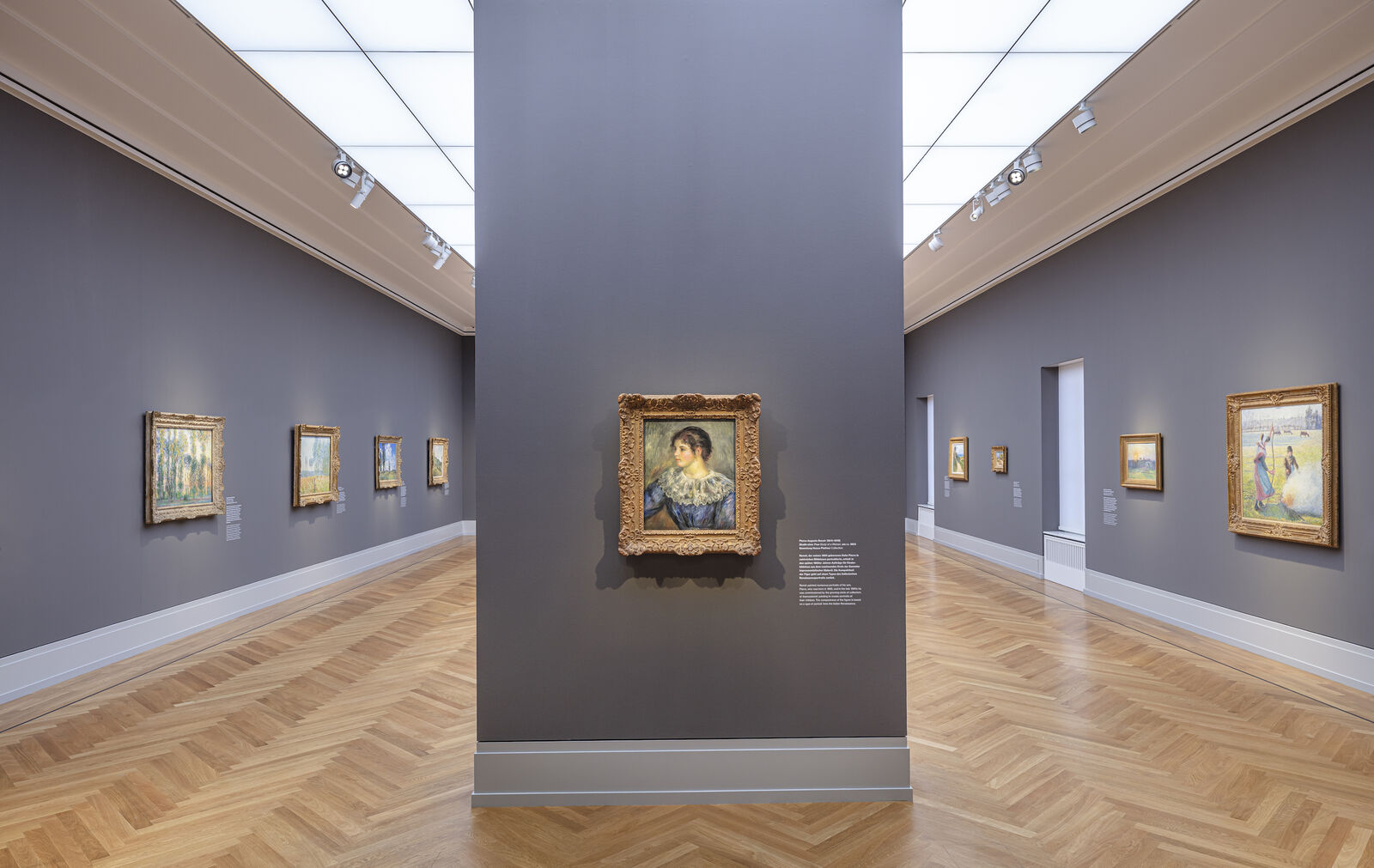
Laura Junger
Pierre-Auguste Renoir
Born 1841 in Limoges
Died 1919 in Cagnes-sur-Mer
Renoir’s Impressionist painting is characterized by vibrating brushstrokes and the use of brilliant colors to evoke light and shadow.

David von Becker
Renoir first began an apprenticeship as a porcelain painter before attending the studio of history painter Charles Gleyre in 1861. There he met and began to associate with Frédéric Bazille, Monet, and Sisley. Their early painting excursions took them to the forest of Fontainebleau and the Seine River.
In addition to the Barbizon School, the influence of Rococo art was determinative for Renoir. While painting en plein air in the 1860s, he developed the shimmering brushstroke that he would use for both figural scenes and landscapes. In 1874 he helped organize the first Impressionist exhibition along with Monet, Sisley, and Pissarro. From the 1880s on, he found new impulses for his painting in the south of France.
Renoir in the collection
Pierre-Auguste Renoir is represented with seven works in the Hasso Plattner Collection, on view in the Museum Barberini as a permanent loan from the Hasso Plattner Foundation. With over 110 paintings of French Impressionism and Post-Impressionism, including masterpieces by Claude Monet, Pierre-Auguste Renoir, Berthe Morisot, Gustave Caillebotte, and Paul Signac, the museum in Potsdam is one of the most important centers of Impressionist landscape painting in the world.










